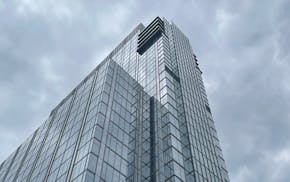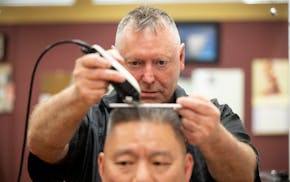Elizabeth Bierman concluded she wanted to be an astronaut at age 10.
She was moved by the 1986 Challenger space shuttle explosion that took the lives of seven crew members, including two female astronauts, a teacher and an engineer.
Bierman, 42, a "rocket scientist," graduated from Iowa State University with a degree in aeronautical engineering, and added a master's in systems engineering.
Last year, she left a job as a senior manager with Honeywell Aerospace to join Comcast as engineering director for the several-state Twin Cities region.
"I didn't know any engineers growing up," recalled Bierman. "My parents were totally supportive. I didn't realize that [engineering] was something different for women."
Women still are a minority in engineering fields.
However, Bierman will be in the majority late this week (Oct. 18-20) as past president and a participant in the Society of Women Engineers (SWE) national conference at the Minneapolis Convention Center that planners expect will attract around 12,000 attendees.
It is the largest national conference and career fair for women engineers.
And it's also the single-largest conference this year to be hosted at the convention center, the Twin Cities' largest meeting venue, according to Meet Minneapolis, the local convention bureau.
Attendees at the three-day event could generate up to $10 million in economic impact from lodging, meals, shopping, transportation and otherwise.
"For the past decade, SWE's annual conference has experienced steady growth, year-over-year, and we are on pace this year to do the same in Minneapolis," Karen Horting, chief executive of the society, said.
She added the Twin Cities boasts plenty of open job opportunities, and a long list of amazing engineering and technology organizations.
"[However] when it comes to representation of women in engineering and STEM fields, the numbers are still low," Horting said, using the acronym for science, technology, engineering and math.
The convention and others like it "give women a platform of support to help them pursue their interests in STEM, or continue growing as professional women in engineering and technology," she said.
A 2015 paper on the economic status of women in Minnesota found that women account for 30 percent of the people working in STEM fields in the state. That's slightly ahead of the national figure of 29 percent, according to Status of Women In The State.
At the SWE 2018 conference, thousands of female engineers will make connections with each other, discuss struggles and solutions, "and find new ways to support one another for the overall advancement of women in engineering and STEM," said Penny Wirsing, the 2018 SWE president and an environmental engineer at Torrance Refining in California.
There also will be connections with female students and aspiring STEM professionals.
The conference will feature more than 300 educational sessions and 350 career fair exhibitors looking to recruit female engineers at all career stages. Professionals and collegians will have the opportunity to participate in onsite interviews with recruiters and network with organizations and people to help further their careers.
Numerous universities will be available for attendees interested in graduate school.
SWE will also highlight its engineering-outreach program.
It's called "SWENext," an event designed to give girls working with professionals on a hands-on engineering experience.
On Saturday, at the convention center, SWE mentors will work with middle school and high school girls, as well as parents and educators, on a "invent it-build it" exercise designed to increase the confidence of participants in their engineering skills.
Bierman said she will be forever grateful for mentors she had in engineering school and throughout her career. Because of them, she said she has mentored other women through SWE and other settings.
She can recall failing a science test in her first year of engineering school at Iowa State. That didn't happen in high school.
"Upperclassmen who were members of SWE told me that they'd been there," Bierman recalled. "Two or three years later, I was able to say that to younger girls who were struggling."
And Bierman is still learning.
She left aerospace engineering and Honeywell about 18 months ago for Comcast.
It was time for a new industry and opportunity for a broad leadership post.
Bierman has had to learn a lot in a hurry about telecommunications.
"You have to be humble and willing to learn," Bierman said. "I have to sometimes say, 'I don't know.' That's hard for an engineer.
"It's helped me develop a team and my relationship with them. I've shown vulnerability. They know that … I have their back because they have mine."
For more information about the Society of Women Engineers: www.swe.org.
Neal St. Anthony has been a Star Tribune business columnist and reporter since 1984. He can be contacted at nstanthony@startribune.com.
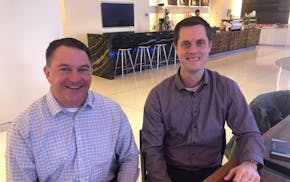
St. Anthony: 'Patient' investing paying off for St. Paul's Hill Capital
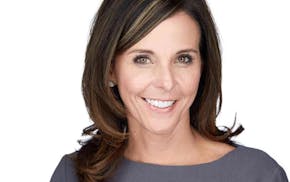
Jennifer Smith, leader of Burnsville's Innovative Office Solutions, has died
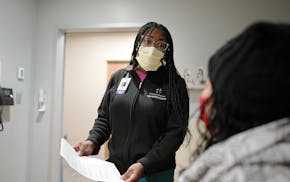
St. Anthony: Medical professions in Minnesota need more people of color in their ranks
